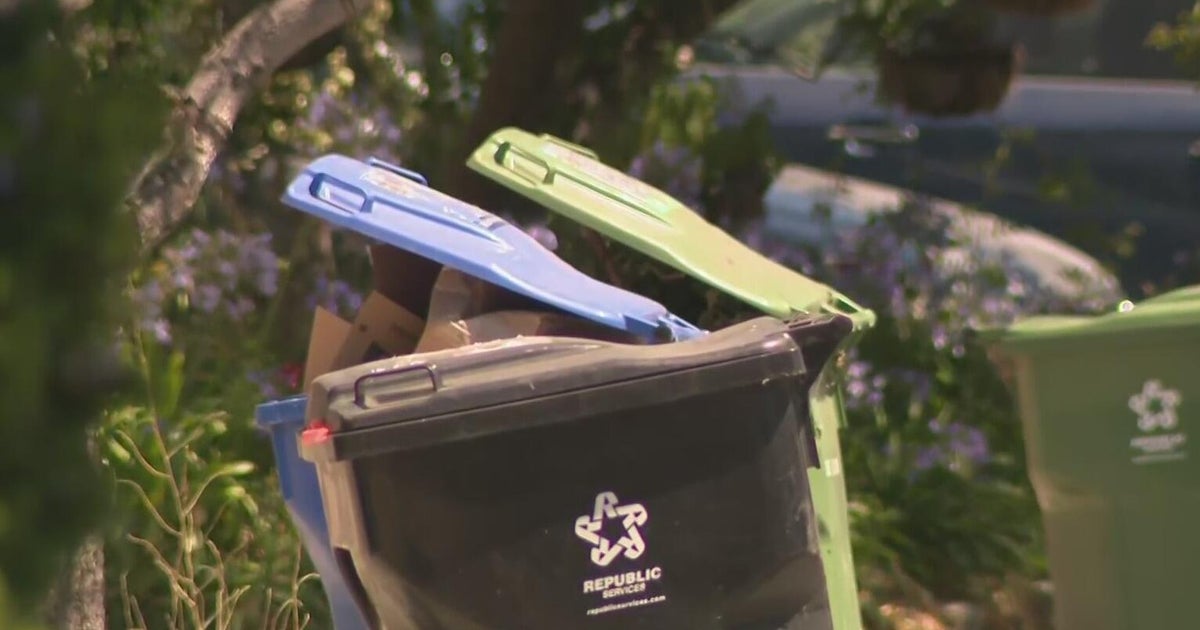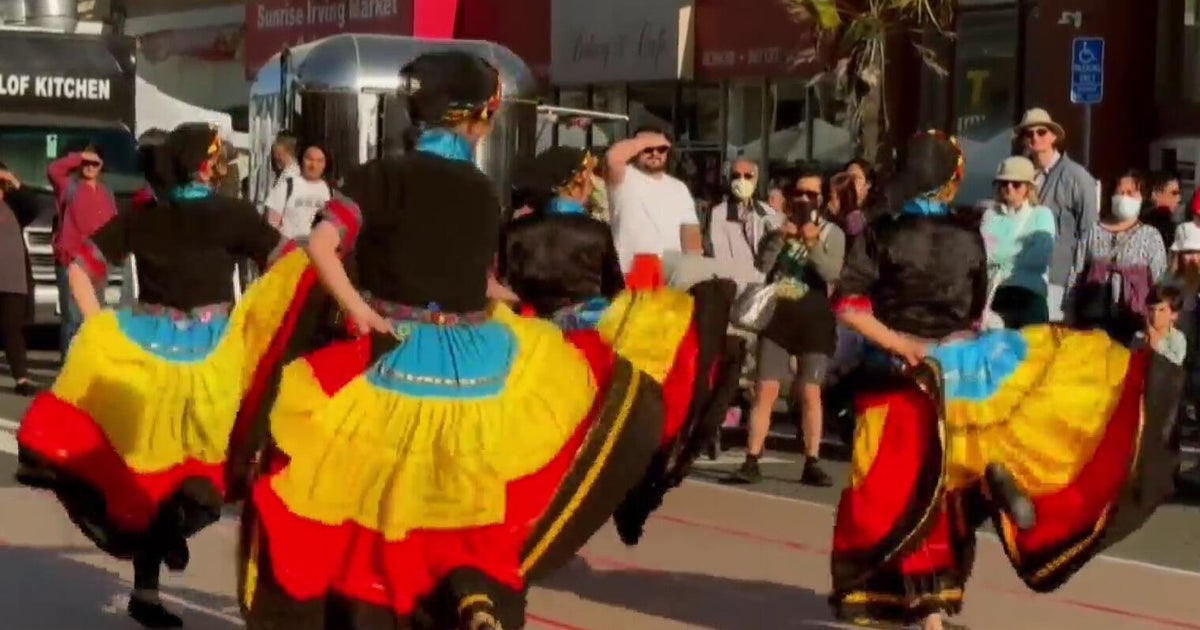Siblings With Double-Lung Transplants Beat The Odds
STANFORD --- When 9-year-old David Diaz was wheeled into surgery for a double-lung transplant in March 2017, he had an advantage almost no one in his situation has: his older sister had gone through the same rare surgery just three years earlier.
"She told him, 'David, don't be scared. I've been through this and you don't feel pain or anything. They give you medicine so you can go to sleep,'" recalls their mother, Corina. "She was a very big help to him and answered all his questions."
David's big sister, Doris, now 11, was diagnosed with cystic fibrosis (CF) in 2006, when she was 6-months-old. Two-and-a-half years after her diagnosis, one-month-old David was also diagnosed with CF.
Their parents, Corina and David, became experts in the daily home care their children required, from medications to airway clearance to making regular doctor's visits with the pulmonology team at Lucile Packard Children's Hospital Stanford.
"Both of these kids had very severe cystic fibrosis," says Carol Conrad, MD, medical director of the Pediatric Lung and Heart-Lung Transplantation Program and Pediatric Pulmonary Function Lab at the hospital. "Despite thorough and adequate treatment at home, and despite everybody's best efforts, they both developed end-stage lung disease quite early in life."
Doris was 8-years-old when she had her double-lung transplant at Lucile Packard Children's Hospital Stanford in June 2014. Double lung transplants are very rare surgeries in pediatric patients. Lucile Packard Children's Hospital Stanford is the only pediatric lung and heart-lung transplant program on the West Coast, and yet has performed just over 25 pediatric double lung transplants since 1989.
At the same time Doris's family was celebrating her successful surgery and quick recovery, her little brother David's health was declining rapidly. In late 2016, David was admitted to Lucile Packard Children's Hospital Stanford, where he was hospitalized for two months.
He needed around-the-clock oxygen and the support of a bi-level positive airway pressure (BiPAP) machine. Although David clearly needed an intervention, the decision to do a lung transplant was not an easy one.
"His right lung was completely collapsed and not working at all," said Dr. Maeda. "He was surviving only with his left lung, which was also very sick and had expanded, pushing his heart to the other side of his chest."
David's doctors knew he had no other options. Lucile Packard Children's Hospital Stanford performs more organ transplants than any other children's hospital in the nation.
"I knew that if I said no, David would have nowhere to go," says Dr. Maeda. "And most likely, he would have died within a year without transplant."
David's doctors put him on the national organ transplant waiting list and, in March, a surprise came.
"David was in the hospital when we got the call saying, 'We've got the donor for David,'" says Corina. "He was so happy. When the doctor told him the news, he started crying."
Going into surgery, "David looked more comfortable than other patients," says Dr. Maeda, "because he knew his sister had done the same surgery and she was doing just fine."
David's surgery began at 7 p.m. and lasted 12 hours.
"It was exactly as I expected when I opened up his chest," remembers Dr. Maeda. "But every time we started dissecting the right lung, we lost blood pressure, and David became very hemodynamically unstable [unstable blood pressure]. So we had to use the cardiopulmonary bypass machine, even for the lung dissection. After that was completed, we pushed his heart back into normal position and put in the two new, healthy lungs. And, luckily, those two lungs functioned very well."
David's recovery was remarkable given how fragile he had been just days before. His breathing tube was removed within 24 hours of the surgery, and he was discharged from the hospital within two weeks. Today, David's mom says that with his two new lungs, he's like a new kid.
"I see my kids healthy and playing like normal kids, which is something amazing," says Corina.
As a leading pediatric pulmonary center, Stanford Children's Health services cover the full range of respiratory disorders and diseases, including cystic fibrosis, allergies, asthma, sleep problems, lung transplantation and treatment for babies born with pulmonary complications.
LEARN MORE: http://www.stanfordchildrens.org/en/service/pulmonary-medicine-cystic-fibrosis



